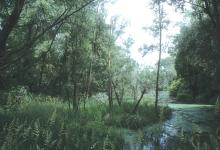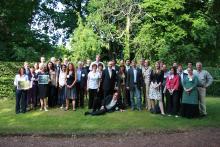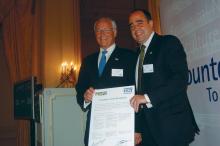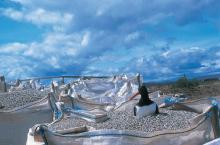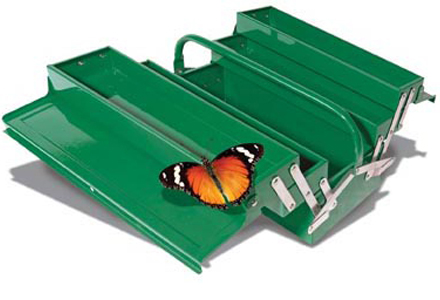
The European Aggregates Association's partnership with the United Nations Environmental Programme on a biodiversity toolkit for the quarrying industry
The need for biodiversity at both restored and working aggregate extraction sites is widely accepted by the quarrying industry, but achieving biodiversity is not a straightforward process. However, plans to develop a new information source for the sector could help to ease the task for those implementing and regulating biodiversity plans.
The
The toolkits will serve as a resource for policy-makers, planners, and experts working in the quarrying sector, including governments, the private sector, inter-governmental and bi-lateral development cooperation agencies, as well as international development and conservation NGOs.
Supported by the French and German governments, the toolkit will comprise a 40-page booklet and a CD-ROM that will be published worldwide by the end of 2009. Target groups are government officers and policy decision makers as well as NGOs. Companies will be able to use the toolkit for training sessions.
Taking the lead
The project will be carried out by relevant stakeholders connected with biodiversity and the sector. The UEPG has agreed to chair the steering committee and to draft the toolkit, using the committee members' input, providing case studies from all over the world.
The working group is chaired by Pierre de Prémare who is vice president environment & public affairs quarries, aggregates and concrete at
The Development Unit will be responsible for graphic design, development of the CD-Roms, printing and distribution of the toolkits.
Relevant tools
The content of the toolkit should be based on the policy and strategy tools, such as planning process; legal and standards' tools; partnerships with the private sector and voluntary initiatives; measuring, baseline information, reporting, auditing, monitoring and evaluation; economic, financial and market-based instruments; staff training and public awareness.
The toolkit will underline the role of the stakeholders, will show that quarries and biodiversity are not incompatible, and will demonstrate that biodiversity management takes place at all the stages of the life of a quarry.
Each tool will be illustrated by a case study of best practice, and should underline the economic development involved in biodiversity. This part is key as it demonstrates why biodiversity matters and how healthy ecosystems deliver tangible benefits underpinning economic, social and cultural well-being.
The toolkit will be based on a wide range of materials, ensuring its global character: company guidelines on biodiversity, trade associations and NGO booklets on biodiversity and conservation, governments' publications of guidelines.
Creating the first global tool for quarries will establish links between the worldwide aggregates industry in order to promote environmentally sound practices, set up standards of reference and help decision-makers and producers protecting biodiversity. It will also strengthen the European aggregates industry's partnership with Countdown 2010 and

